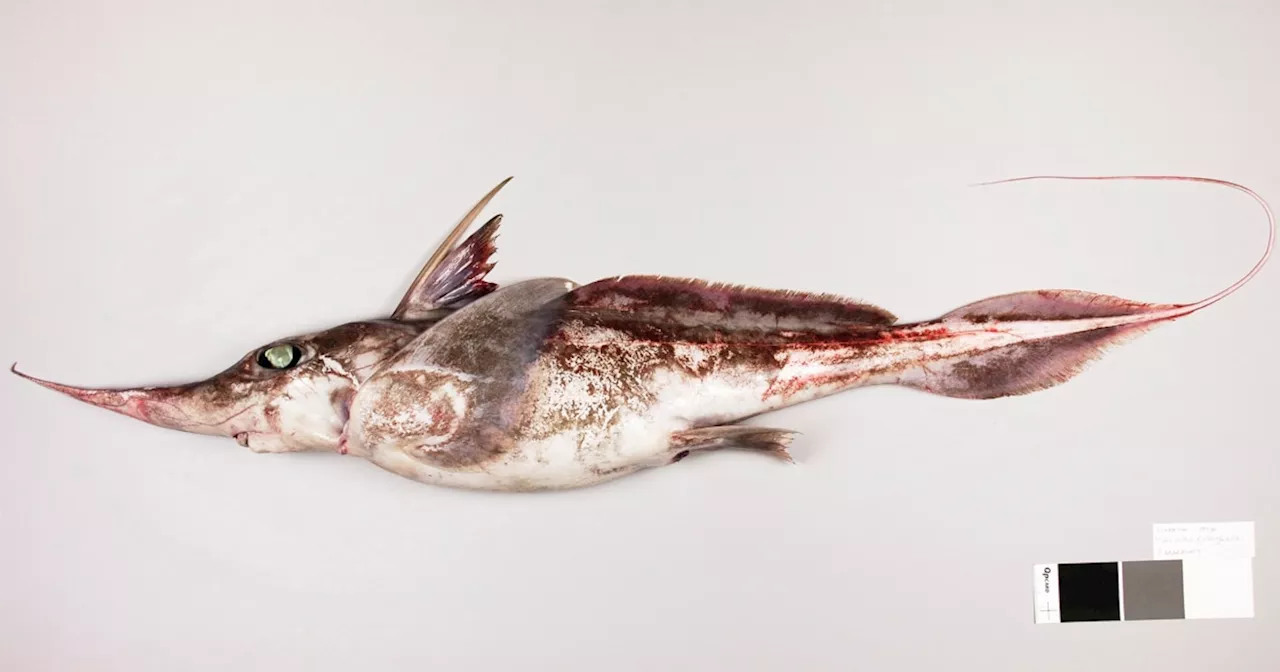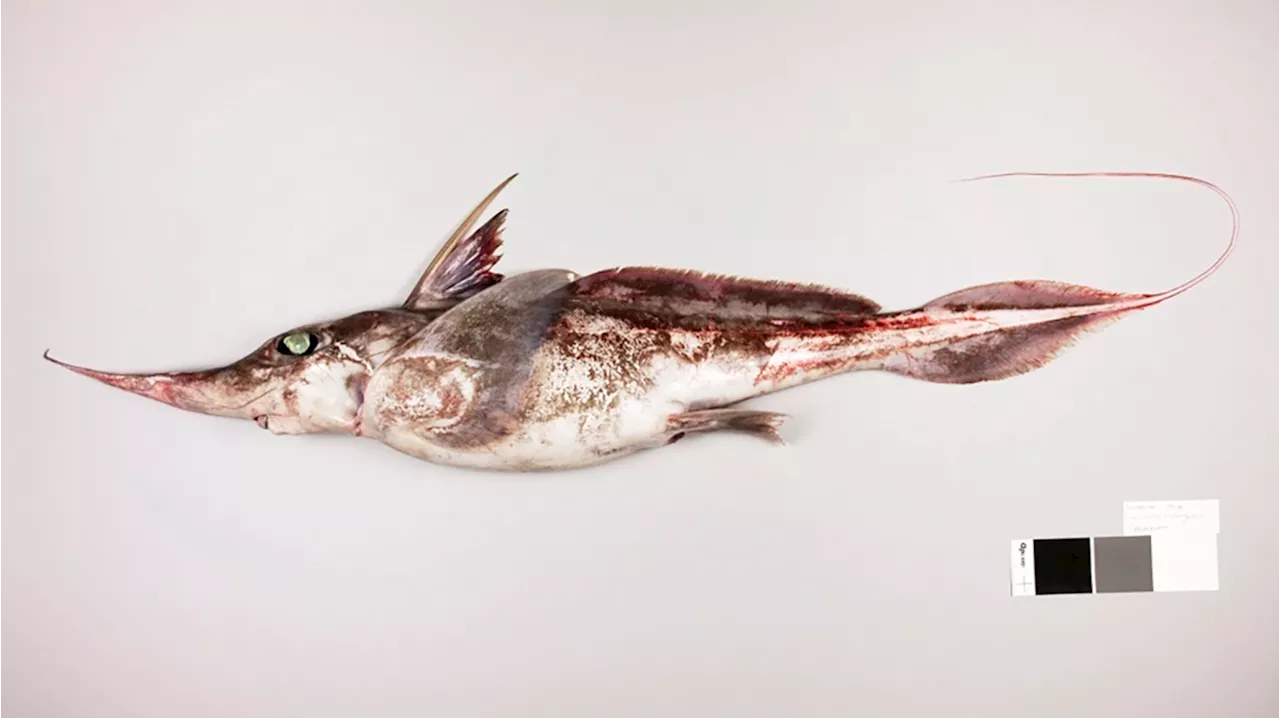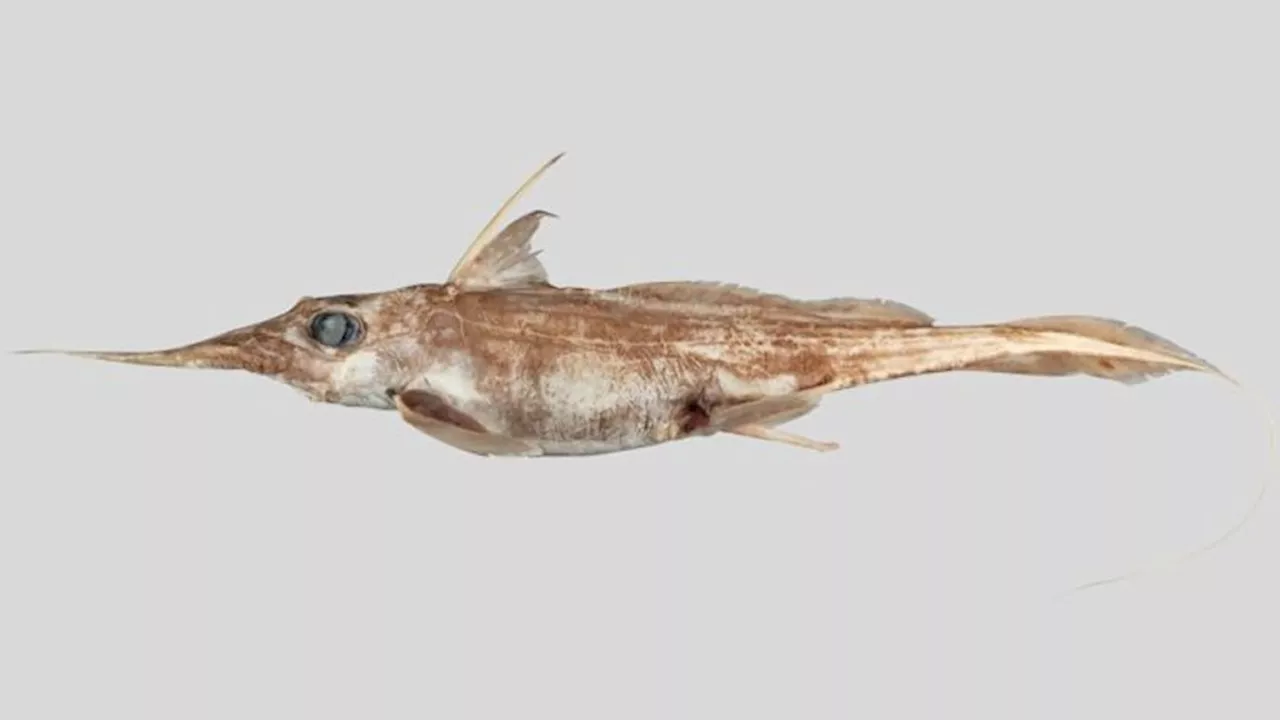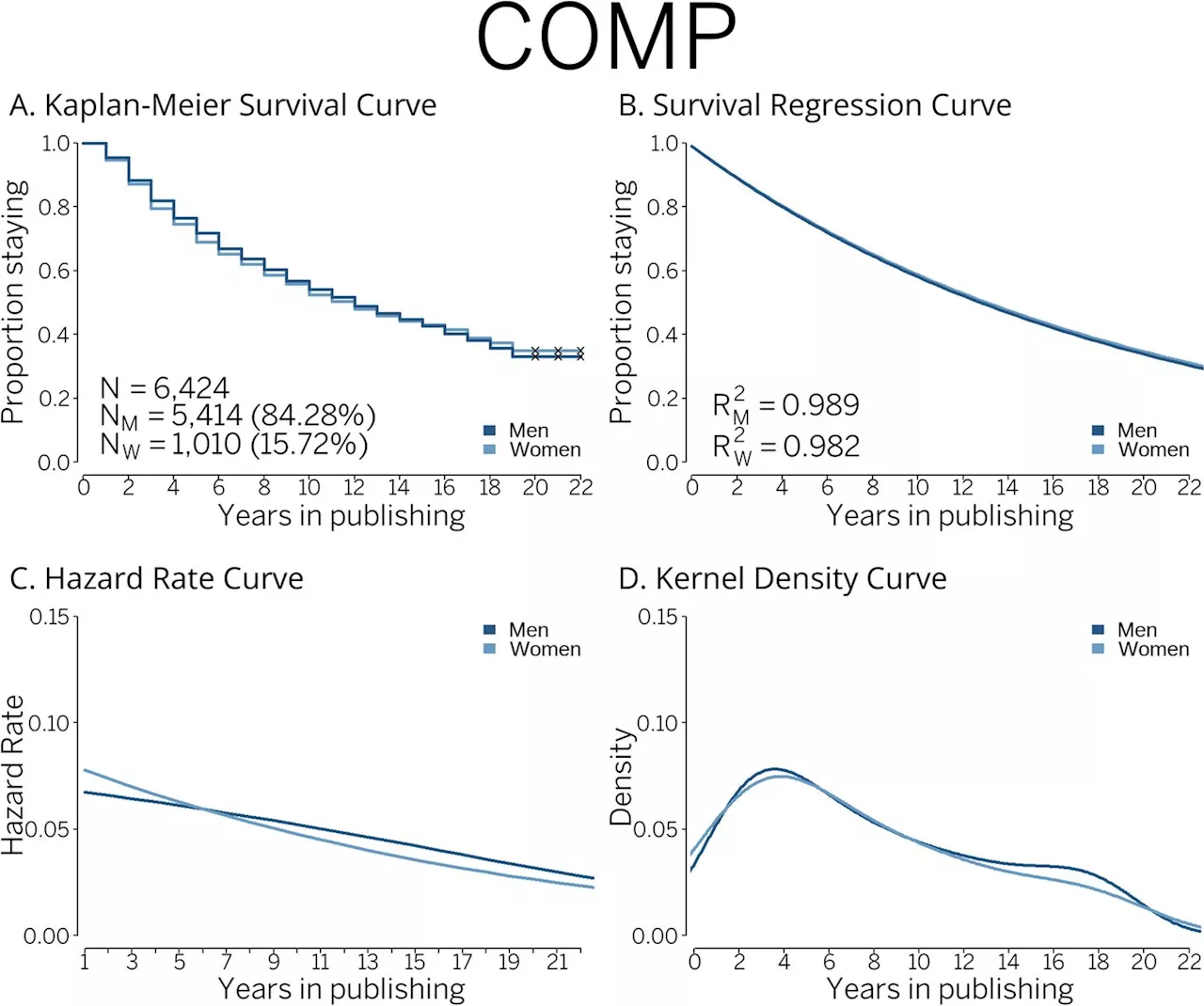Scientists have developed six lines of humanized mice that can serve as valuable models for studying human cases of COVID-19.
Scientists at La Jolla Institute for Immunology have developed six lines of humanized mice that can serve as valuable models for studying human cases of COVID-19., these mouse models are important for COVID-19 research because their cells were engineered to include two important human molecules that are involved in SARS-CoV-2 infection of human cells -- and these humanized mice were generated on two different immunologic backgrounds.
"This work is part of LJI's mission to contribute to pandemic preparedness around the world," says Shresta.Shresta's lab is known for producing mouse models to study immune responses to infectious diseases such as dengue virus and Zika virus. In 2021, her laboratory partnered with Synbal, Inc., a preclinical biotechnology company based in San Diego, CA, to develop multi-gene, humanized mouse models for COVID-19 research.
"This work wouldn't have been possible if we didn't have a BSL-3 facility at LJI," says Shresta, who has worked closely with LJI's Department of Environmental Health and Safety to conduct several cutting-edge studies in the facility. By characterizing these responses in the new mouse models, the researchers have established a foundation for understanding the immune heterogeneity -- or wide range of immune responses -- of SARS-CoV-2-induced disease.
"Not only are these models useful for current COVID-19 studies, but if there should be another coronavirus pandemic -- with a virus that utilizes the same ACE2 receptor and/or TMPRSS2 molecule for viral entry into human cells -- then these mouse lines on two different genetic backgrounds will be ready," says Kim.
Influence of Th1 versus Th2 immune bias on viral, pathological, and immunological dynamics in SARS-CoV-2 variant-infected human ACE2 knock-in miceA drug treatment that acts as a decoy against SARS-CoV-2 was highly effective at preventing death and lung damage in humanized animal models of severe COVID-19 disease. The study suggests that the ...
Immune System Infectious Diseases HIV And AIDS Mice Rodents Genetically Modified Bird Flu Research
United States Latest News, United States Headlines
Similar News:You can also read news stories similar to this one that we have collected from other news sources.
 Spookfish: Scientists in New Zealand discover new ghost shark species in the PacificPeter Guo is a fellow on NBC’s Asia Desk, based in Hong Kong.
Spookfish: Scientists in New Zealand discover new ghost shark species in the PacificPeter Guo is a fellow on NBC’s Asia Desk, based in Hong Kong.
Read more »
 New Zealand scientists discover new ‘spookfish' living deep in the PacificScientists said Tuesday they had discovered a new species of ghost shark that lives exclusively in the waters off Australia and New Zealand.
New Zealand scientists discover new ‘spookfish' living deep in the PacificScientists said Tuesday they had discovered a new species of ghost shark that lives exclusively in the waters off Australia and New Zealand.
Read more »
 New species of ghost shark discovered by New Zealand scientistsScientists have discovered a new species of ghost shark that lives in deep ocean waters near Australia and New Zealand.
New species of ghost shark discovered by New Zealand scientistsScientists have discovered a new species of ghost shark that lives in deep ocean waters near Australia and New Zealand.
Read more »
 New COVID-19 origins paper from controversial scientists: What to knowPolitical News and Conservative Analysis About Congress, the President, and the Federal Government
New COVID-19 origins paper from controversial scientists: What to knowPolitical News and Conservative Analysis About Congress, the President, and the Federal Government
Read more »
 Disappearing scientists: Attrition and retention patterns of 2.1 million scientists in 38 OECD countriesResearch has been showing that women scientists continue to disappear from science at a significantly higher rate and in higher percentages than men. This is what social scientists have thought for decades—but this is no longer the case today, according to a study published in Higher Education.
Disappearing scientists: Attrition and retention patterns of 2.1 million scientists in 38 OECD countriesResearch has been showing that women scientists continue to disappear from science at a significantly higher rate and in higher percentages than men. This is what social scientists have thought for decades—but this is no longer the case today, according to a study published in Higher Education.
Read more »
 Starting the new school year with new buildings, new curricula and moreWe want our students to learn in modern and flexible spaces, with state-of-the-art technology and healthy, green construction, and we want them to have access
Starting the new school year with new buildings, new curricula and moreWe want our students to learn in modern and flexible spaces, with state-of-the-art technology and healthy, green construction, and we want them to have access
Read more »
